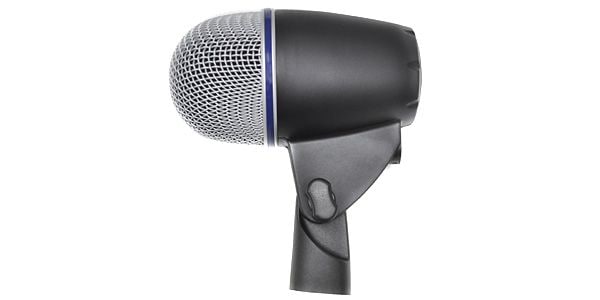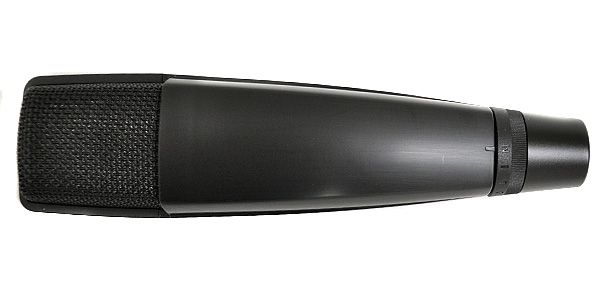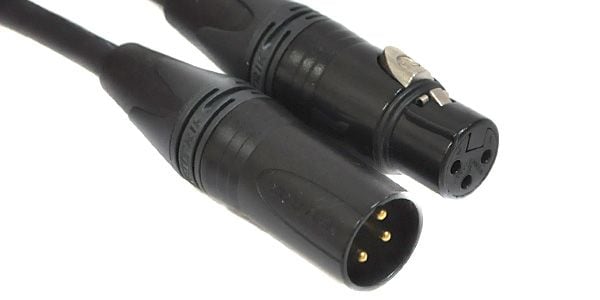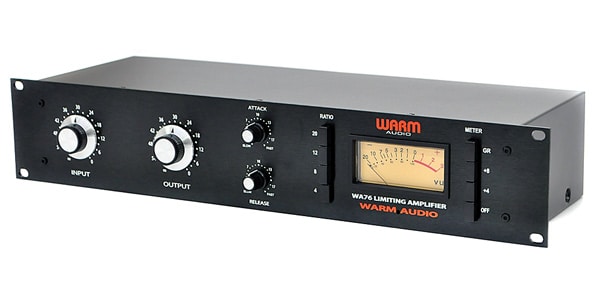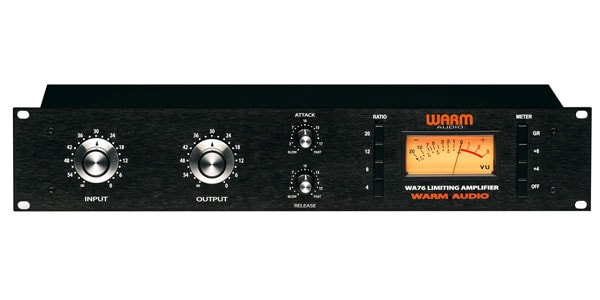Hello! This time, I’d like to talk about mics.
They allow for a more realistic sound than pickups, so you'll want to record a live instrument with a microphone. However, there are many cases where microphone recording becomes a game against feedback, and I think that some people will give up from the beginning. I still want to use a microphone. I hope this will be helpful for other people like me.
■ What kind of microphone should I choose in the first place?
The most important thing is directivity. The stronger the directivity, the smaller the area where sound can be recorded well and the more demanding it becomes. But this characteristic is really important.
The smaller the area where you can record well, the easier it is to avoid picking up sound from other instruments or areas. If the directivity is weak, you will fall into Feedback Hell. When choosing a microphone, This is more important than anything else.
Next. Obviously, the wood bass is an instrument that produces a strong bass. It’s highly likely that the sound cannot be picked up well with a general musical instrument microphone. Basically, you should choose a bass microphone that you can use for bass drums and floor toms.
However, recording with an ordinary musical instrument microphone is also quite a good idea. It doesn't pick up the bass as well, but bass can be recorded with a mellow sound in a good way. Somehow, it’ll feel like it was recorded before 1950, so I think you can try it once.
There is also a specially designed small microphone that clamps to the top of the instrument, such as the Schatler STAT-B, which is convenient. It may be convenient to install the STAT-B in addition to the piezo pickup.
I will now bring up some specific models.
JTS / TX-2
The JTS TX-2 is cheap, so you can get this for the time being.
SENNHEISER / MD 421-II
It would be even better if you could have a Sennheiser MD-421 on hand, which looks a little like a whale.
BELDEN / 1192A
I use Belden 1192A as my mic cable. It's a good cable.
■ About the position of the microphone
Next is the position of the microphone. It is basically placed in front of the top.
Naturally, the sound that can be recorded differs greatly depending on the distance between the microphone and the wood. Although it deviates from the basics, it may be good to put it near the fingerboard or F-hole (but it may get in the way). You have to try these areas by trial and error for the best position.
I've never used one in the studio, but an ambient room filter is also effective. It's not a very expensive piece of equipment, and it can be used for recording with other microphones, so I think it won't hurt to get one for the time being.
Also, unfortunately, when using a microphone in the studio or live, if you start picking up the drums, give up and use the piezo pickup./p>
■ About mic pre-compressor
Next is the story of the mic preamp. Honestly, if it has a certain level of quality and good S/N ratio, anything will be fine.
Basically, stick to whatever gives you the closest sound to the original sound source (for a simple configuration, the mic has the highest priority, then the mic preamp, then the comp). In the case of a wood bass, it is better to put priority on the compressor rather than the mic preamp.
As for the compressor, the Universal Audio 1176 type (Warm Audio WA76, etc.) has proved to be good so far.
WARM AUDIO / WA76
The crisp 1176 and plump wood bass sounds go well together and make it easier to hear. I have the impression that the 1176 is fine if it is used for popular music. It's also good to make use of the 1176's specialty, making a rough or distorted sound. Recommended. I also tried using tube comp, but it was too subtle.
I would appreciate it if you could use this as a reference. Thank you for reading to the end.





